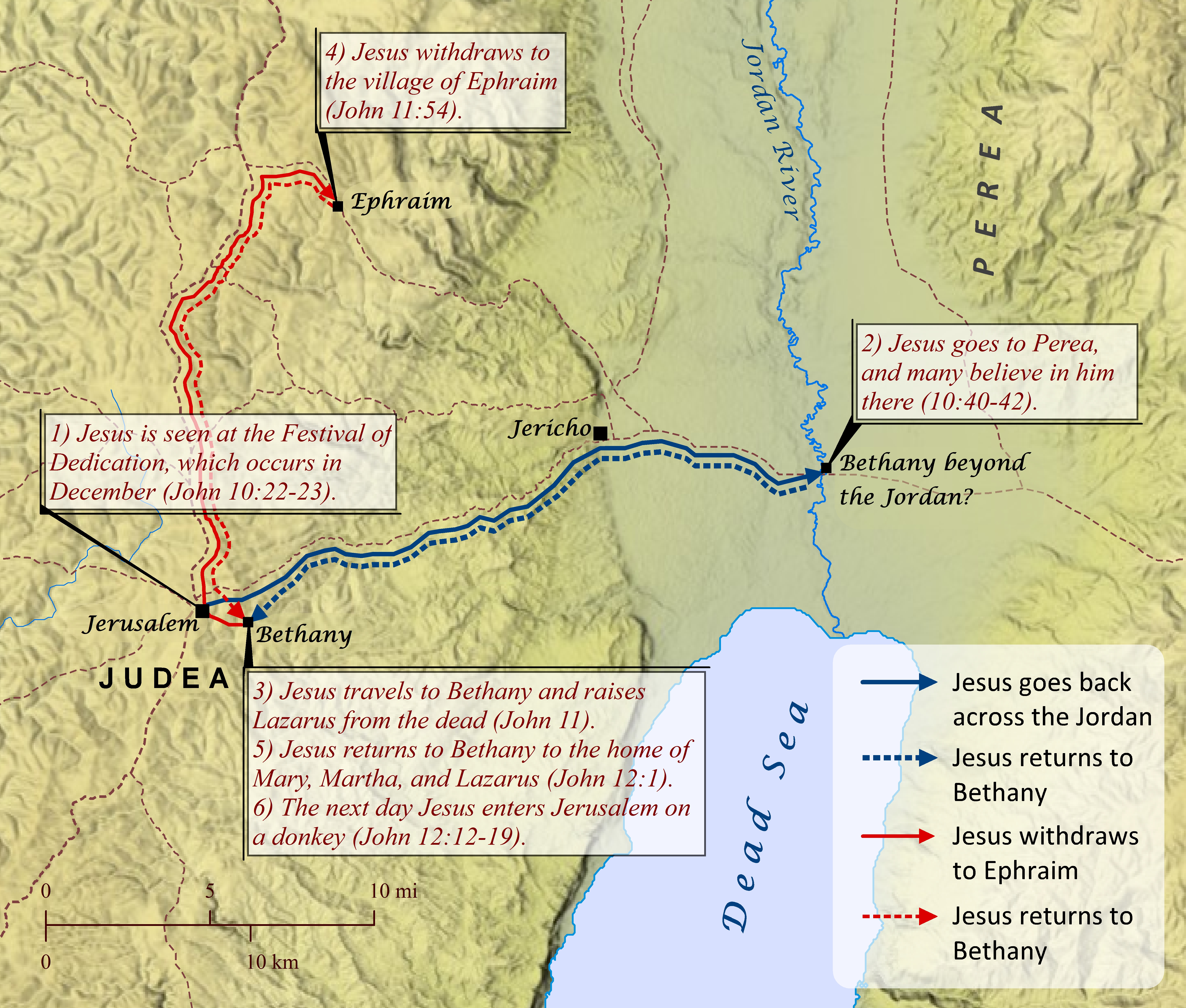Note: This view shows ‘verses’ which are not natural language units and hence sometimes only part of a sentence will be visible—click on any Bible version abbreviation down the left-hand side to see the verse in more of its context. Normally the OET discourages the reading of individual ‘verses’, but this view is only designed as a tool for doing comparisons of different translations—the older translations are further down the page (so you can read up from the bottom to trace the English translation history). The OET segments on this page are still very early looks into the unfinished texts of the Open English Translation of the Bible—please double-check these texts in advance before using in public.
AICNT but if anyone walks in the night, they stumble, because the light is not in them.”
OEB but, if they walk about at night, they stumble, because they have not the light.’
WEBBE But if a man walks in the night, he stumbles, because the light isn’t in him.”
WMBB (Same as above)
NET But if anyone walks around at night, he stumbles, because the light is not in him.”
LSV and if anyone may walk in the night, he stumbles, because the light is not in him.”
FBV “If you walk during the day you don't stumble because you can see where you're going by the light of this world. But if you walk during the night you stumble because you have no light.”
TCNT But if anyone walks in the night, he stumbles, because the light is not in him.”
T4T It is when people walk in the nighttime that they stumble over things, because they have no light.”
LEB But if anyone walks around in the night, he stumbles, because the light is not in him.
BBE But if a man goes about in the night, he may have a fall because the light is not in him.
Moff but if one walks during the night he does stumble,
⇔ for the light is not in him."
Wymth But if a man walks by night, he does stumble, because the light is not in him."
ASV But if a man walk in the night, he stumbleth, because the light is not in him.
DRA But if he walk in the night, he stumbleth, because the light is not in him.
YLT and if any one may walk in the night, he stumbleth, because the light is not in him.'
Drby but if any one walk in the night, he stumbles, because the light is not in him.
RV But if a man walk in the night, he stumbleth, because the light is not in him.
(But if a man walk in the night, he stumbleth/stumbles, because the light is not in him. )
SLT But if any walk in the night, he stumbles, for light is not in him.
Wbstr But if a man walketh in the night, he stumbleth, because there is no light in him.
KJB-1769 But if a man walk in the night, he stumbleth, because there is no light in him.
( But if a man walk in the night, he stumbleth/stumbles, because there is no light in him. )
KJB-1611 But if a man walke in the night, hee stumbleth, because there is no light in him.
(Modernised spelling is same as from KJB-1769 above)
Bshps But yf a man walke in the nyght, he stumbleth, because there is no lyght in hym.
(Modernised spelling is same as from KJB-1769 above)
Gnva But if a man walke in the night, hee stumbleth, because there is no light in him.
(But if a man walk in the night, he stumbleth/stumbles, because there is no light in him. )
Cvdl But he that walketh in the night, stobleth: for there is no light in him.
TNT But yf a man walke in the nyght he stombleth because ther is no lyght in him.
(But if a man walk in the night he stumbleth/stumbles because there is no light in him. )
Wycl But if he wandre in the niyt, he stomblith, for liyt is not in him.
(But if he wander in the night, he stumbleth/stumbles, for light is not in him.)
Luth Wer aber des Nachts wandelt, der stößet sich, denn es ist kein Licht in ihm.
(Who but the night transforms, the/of_the stößet itself/yourself/themselves, because/than it is no/not light in him.)
ClVg si autem ambulaverit in nocte, offendit, quia lux non est in eo.
(when/but_if however walked in/into/on at_night, offendit, because light not/no it_is in/into/on by_him. )
UGNT ἐὰν δέ τις περιπατῇ ἐν τῇ νυκτί, προσκόπτει, ὅτι τὸ φῶς οὐκ ἔστιν ἐν αὐτῷ.
(ean de tis peripataʸ en taʸ nukti, proskoptei, hoti to fōs ouk estin en autōi.)
SBL-GNT ἐὰν δέ τις περιπατῇ ἐν τῇ νυκτί, προσκόπτει, ὅτι τὸ φῶς οὐκ ἔστιν ἐν αὐτῷ.
(ean de tis peripataʸ en taʸ nukti, proskoptei, hoti to fōs ouk estin en autōi.)
RP-GNT Ἐὰν δέ τις περιπατῇ ἐν τῇ νυκτί, προσκόπτει, ὅτι τὸ φῶς οὐκ ἔστιν ἐν αὐτῷ.
(Ean de tis peripataʸ en taʸ nukti, proskoptei, hoti to fōs ouk estin en autōi.)
TC-GNT Ἐὰν δέ τις περιπατῇ ἐν τῇ νυκτί, προσκόπτει, ὅτι τὸ φῶς οὐκ ἔστιν ἐν αὐτῷ.
(Ean de tis peripataʸ en taʸ nukti, proskoptei, hoti to fōs ouk estin en autōi. )
Key for above GNTs: yellow:punctuation differs (from our SR-GNT base).
